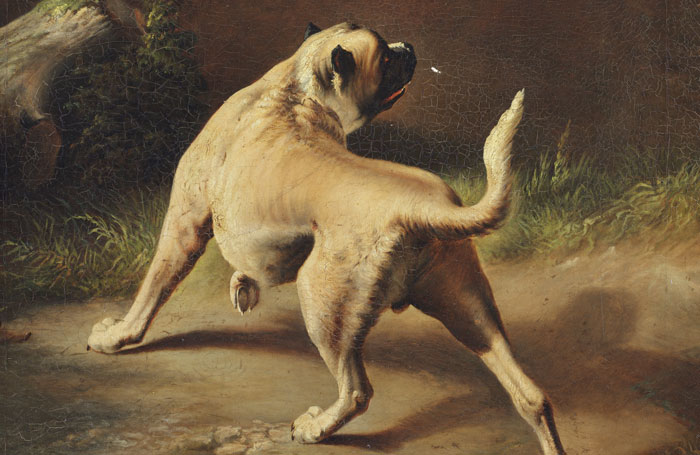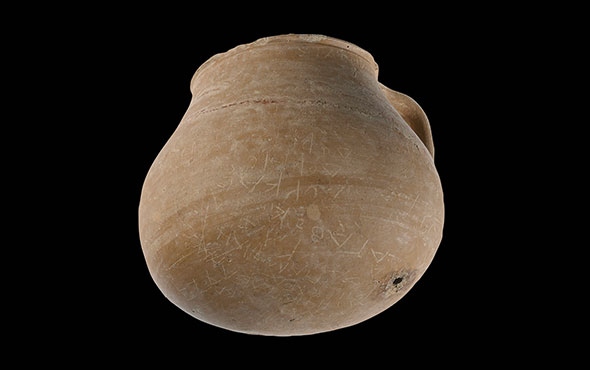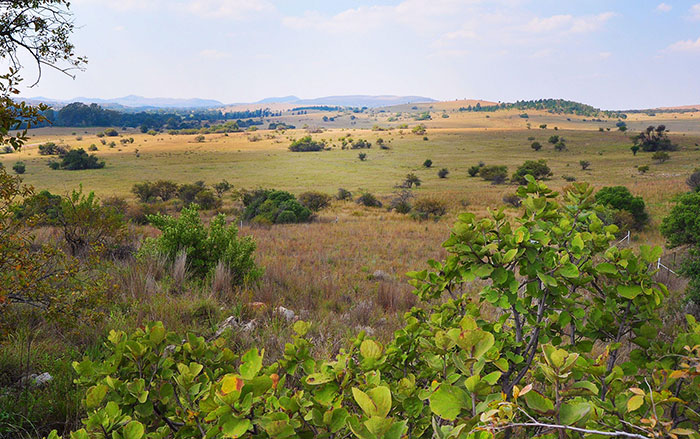BOSTON, MASSACHUSETTS— The Associated Press reports that Harvard University has repatriated tomahawk once owned by Chief Standing Bear to members of the Ponca tribes of Nebraska and Oklahoma. Standing Bear was arrested in 1878 for leaving a reservation in Oklahoma in order to fulfill a promise and bury his son in traditional lands in Nebraska’s Niobrara River Valley. In a federal trial in 1879, Standing Bear successfully argued for the recognition of Native Americans as persons entitled to rights and protection under the law. He subsequently gave the tomahawk to one of his lawyers. The university acquired the tomahawk in 1982. “We talk about generational trauma, but we don’t talk about generational healing, and that’s what we’re doing now,” said Stacy Laravie, who is a descendant of Standing Bear and the historic preservation officer for the Ponca Tribe of Nebraska. “This is healing.” To read about efforts to compile U.S. archaeological radiocarbon dates, the first of which was obtained in 1949 in Nebraska, go to "Save the Dates."
Historic Tomahawk Returned to Ponca Tribes
News July 4, 2022
Recommended Articles
Off the Grid January/February 2025
Tzintzuntzan, Mexico

Digs & Discoveries January/February 2025
Bad Moon Rising

Digs & Discoveries January/February 2025
100-Foot Enigma

Digs & Discoveries January/February 2025
Colonial Companions

-
Features May/June 2022
Secrets of Scotland's Viking Age Hoard
A massive cache of Viking silver and Anglo-Saxon heirlooms reveals the complex political landscape of ninth-century Britain
 (National Museums Scotland)
(National Museums Scotland) -
Letter from the Bay Area May/June 2022
California's Coastal Homelands
How Native Americans defied Spanish missionaries and preserved their way of life

-
Artifacts May/June 2022
Greek Curse Pot
 (Craig Mauzy/Athenian Agora Excavations)
(Craig Mauzy/Athenian Agora Excavations) -
Digs & Discoveries May/June 2022
Cradle of the Graves
 (Vita/Alamy Stock Photo)
(Vita/Alamy Stock Photo)



